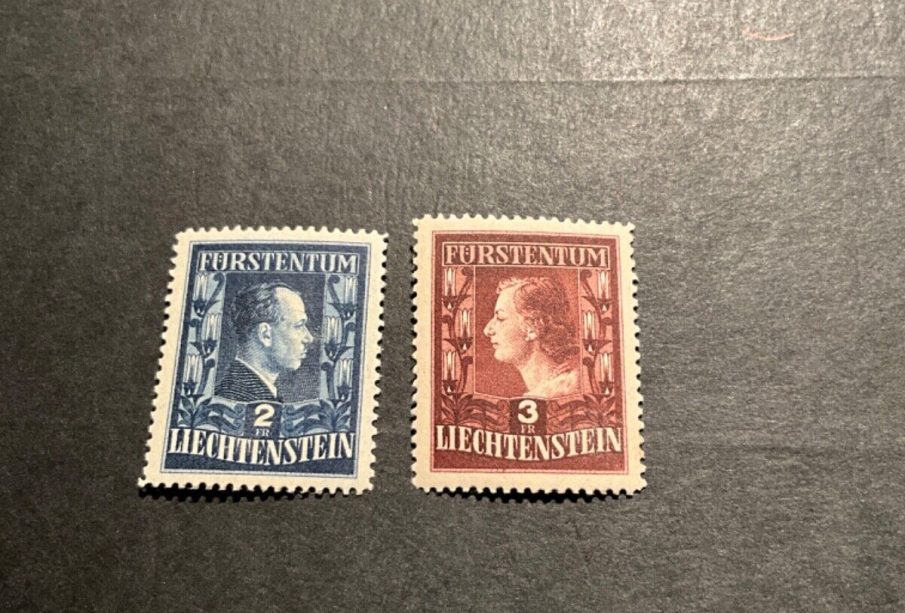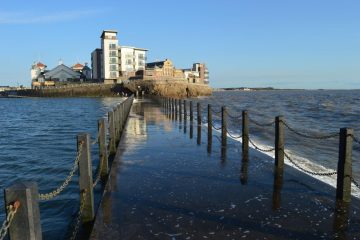Exploring the Wonders of Liechtenstein

Introduction
Liechtenstein, a small landlocked principality nestled between Switzerland and Austria, is often overshadowed by its larger neighbours. However, this picturesque country is rich in history, culture, and stunning natural beauty, making it a fascinating destination for travellers and a significant point of interest in European geopolitics. With a size of just over 160 square kilometres and a population of approximately 39,000, Liechtenstein maintains a unique identity characterised by its magnificent mountain landscapes, vibrant arts scene, and progressive economy.
The Economy of Liechtenstein
Despite its small size, Liechtenstein boasts one of the highest GDP per capita in the world. The principality has developed a strong economy based largely on finance, industry, and services. It is home to several multinational corporations and a thriving manufacturing sector, particularly in precision instruments and machinery. The government’s favourable tax policies have attracted numerous businesses, positioning Liechtenstein as a notable player in international commerce.
Tourism and Natural Beauty
Tourism plays an essential role in Liechtenstein’s economy, with visitors drawn to its stunning scenery and outdoor recreation opportunities. The principality features breathtaking landscapes with towering mountains, quaint villages, and numerous hiking trails. Popular destinations include the capital city of Vaduz, known for its historic castle, and the charming town of Balzers. With its emphasis on eco-friendly tourism, visitors can explore nature reserves and partake in activities such as cycling and skiing, all whilst preserving the stunning environment.
Cultural Heritage
Liechtenstein’s rich cultural heritage is showcased through its numerous museums, art galleries, and annual events. The Liechtenstein National Museum, located in Vaduz, offers insights into the country’s history, while the Kunstmuseum highlights contemporary art from local and international artists. The principality also hosts various cultural festivals, including the traditional ‘Märzenfest’, celebrating local customs and community spirit. Additionally, the monarchy here is highly regarded, and Prince Hans-Adam II’s commitment to maintaining the country’s cultural identity plays a significant role in its societal fabric.
Conclusion
Liechtenstein may be one of Europe’s smallest nations, but its impact is anything but small. With a diverse economy, stunning natural landscapes, and a rich cultural heritage, it represents a unique blend of tradition and modernity. As interest in sustainable tourism and small-scale nations rises, Liechtenstein stands poised to captivate more tourists and researchers alike. For readers considering their next travel destination or those curious about European affairs, Liechtenstein offers a wealth of discovery waiting to be explored.




